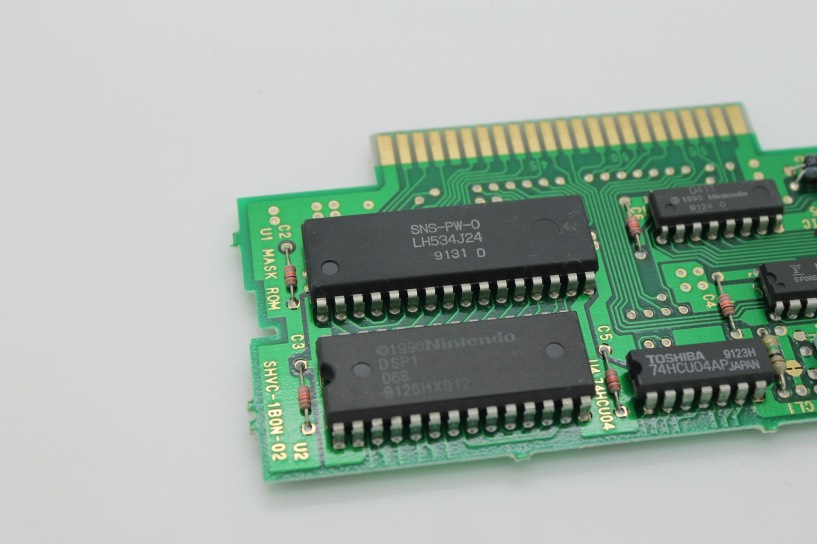
Reliability in Printed Circuit Board (PCB) assembly is paramount to guaranteeing the functionality, performance, and longevity of electronic devices. Rigorous testing methods play a pivotal role in identifying potential defects and ensuring the overall reliability of assembled PCBs.
Automated Optical Inspection (AOI) is a visual inspection method that utilizes high-resolution cameras and sophisticated algorithms to scrutinize PCBs for defects. AOI identifies issues such as component placement errors, soldering defects, and missing components, ensuring visual accuracy and reliability.
X-ray inspection provides a non-destructive method to examine hidden features of assembled PCBs. This method is particularly effective in inspecting solder joints, verifying component placement, and detecting internal defects like voids or shorts that are not visible through traditional inspection methods.
In-Circuit Testing (ICT) involves testing individual components and circuitry on a completed PCB. ICT verifies component values, resistance, capacitance, and other electrical characteristics, ensuring that components are functioning within specified parameters, minimizing potential reliability issues.
Functional testing validates the overall functionality of the assembled PCB. This method involves subjecting the PCB to real-world conditions, testing its performance against expected functionalities, and verifying that it operates as intended under various scenarios.
Thermal stress testing evaluates PCBs' performance under extreme temperature variations. By subjecting the PCB to thermal cycling, rapid temperature changes, or prolonged exposure to elevated temperatures, this method assesses the board's reliability under harsh environmental conditions.
Vibration and mechanical testing simulate real-world conditions to assess the PCB's durability. These tests subject the PCB to mechanical stress, vibrations, and shocks, ensuring that the assembled components and solder joints can withstand these conditions without compromising reliability.
Environmental testing involves subjecting PCBs to various environmental factors such as humidity, moisture, salt spray, and corrosive substances. This method assesses the PCB's resistance to environmental degradation, crucial for applications in diverse and challenging environments.
Utilizing reliability prediction models involves statistical analysis and modeling to predict the expected reliability of PCB assemblies based on historical data, material properties, and testing results. These models aid in identifying potential failure modes and improving reliability.
Testing methods for ensuring PCB assembly reliability encompass a diverse range of techniques that scrutinize different aspects of assembled PCBs. By employing a combination of these testing methods, manufacturers can ascertain the reliability, functionality, and durability of PCB assemblies, ensuring high-quality electronic devices for various applications.